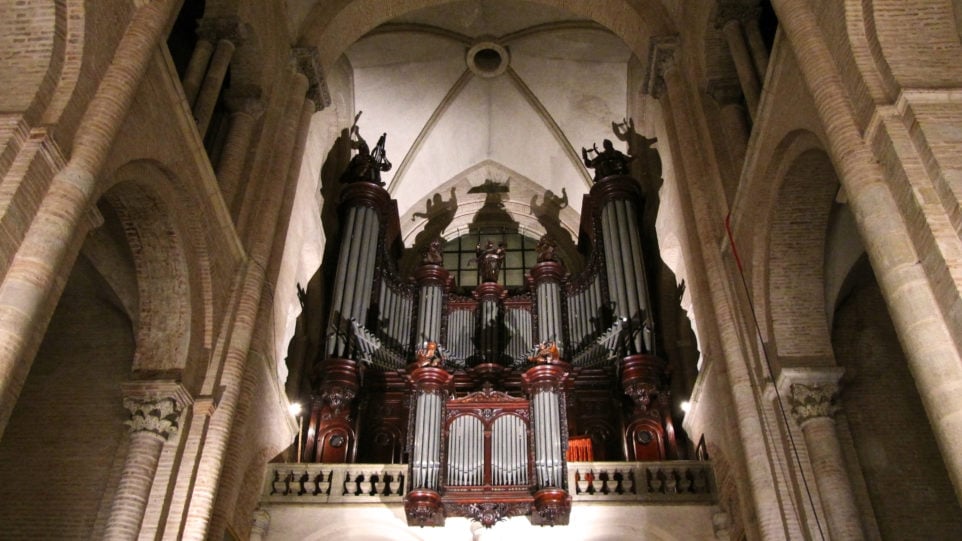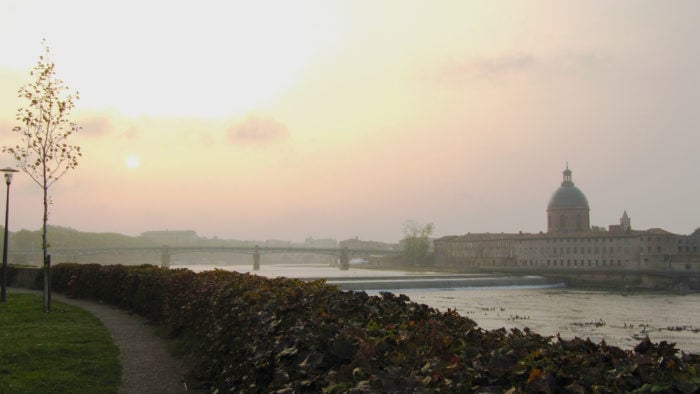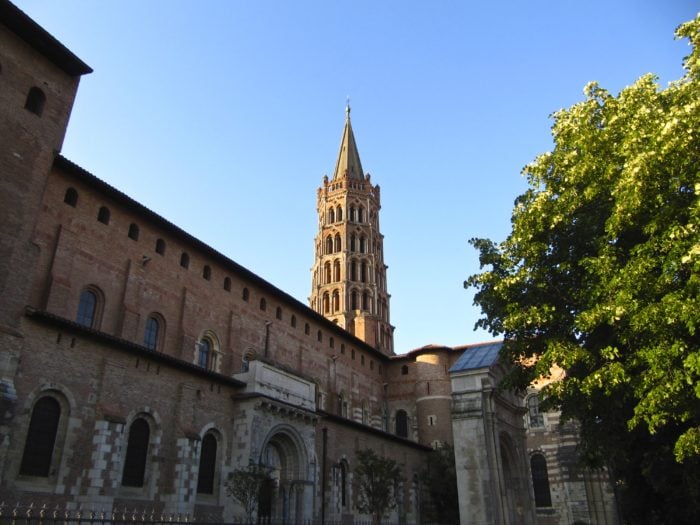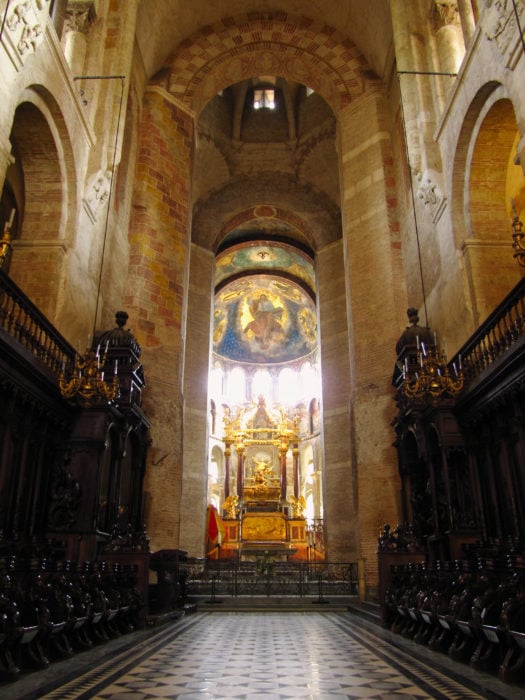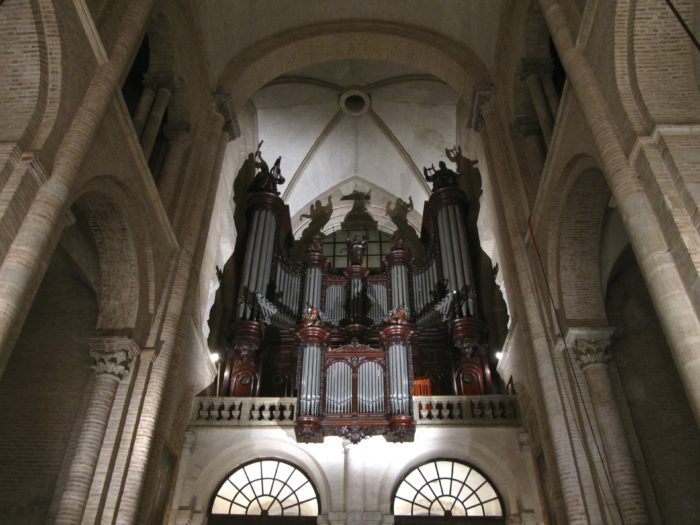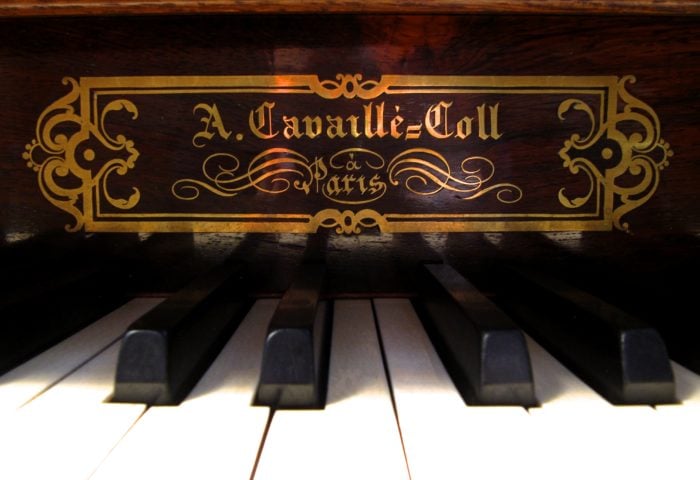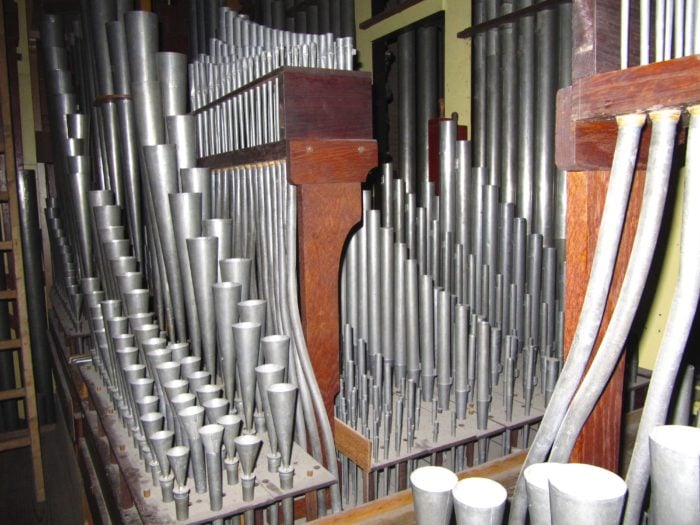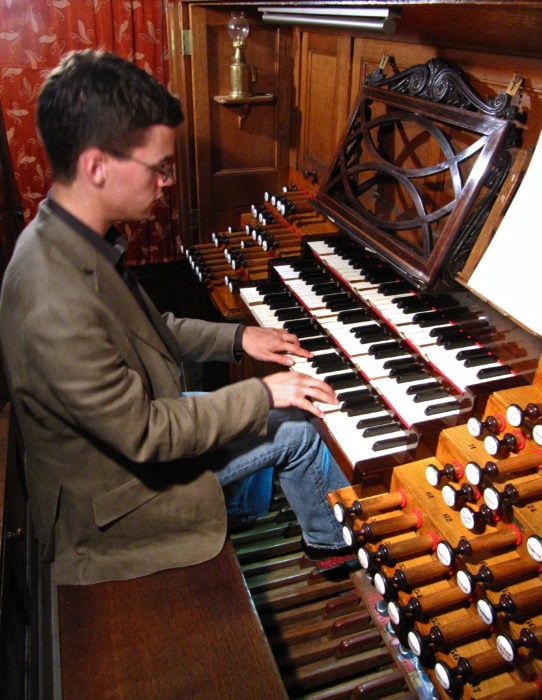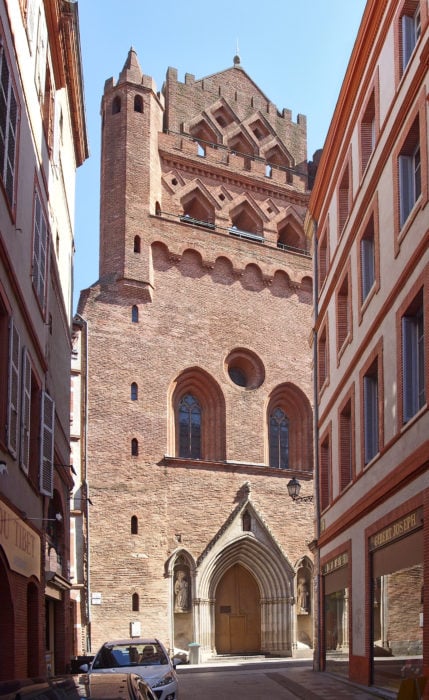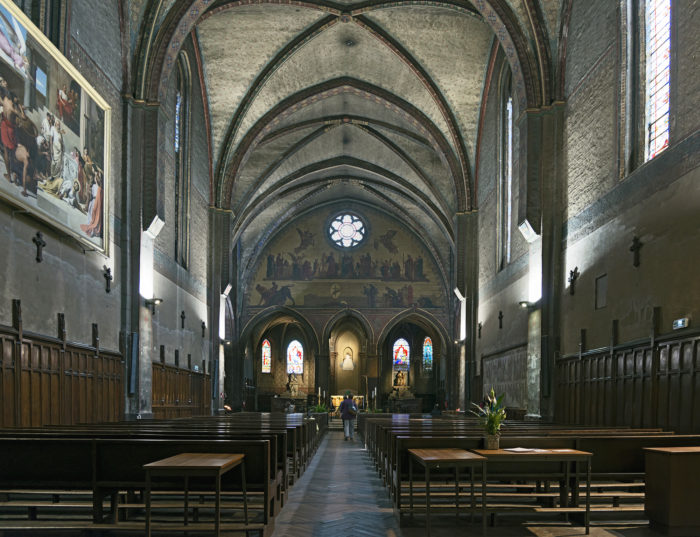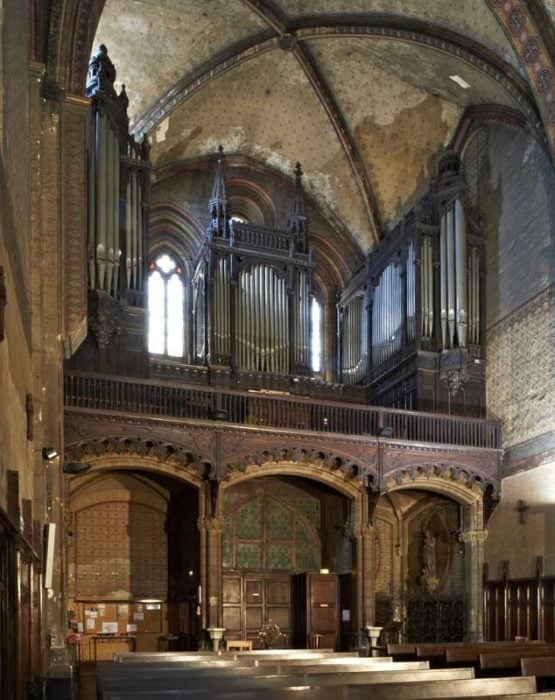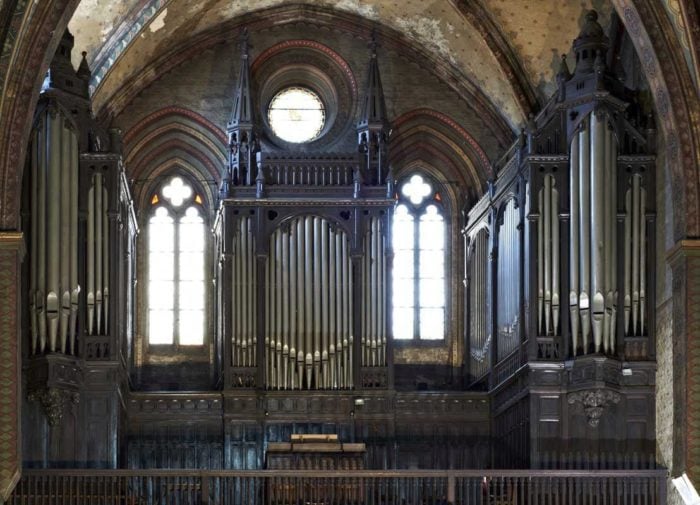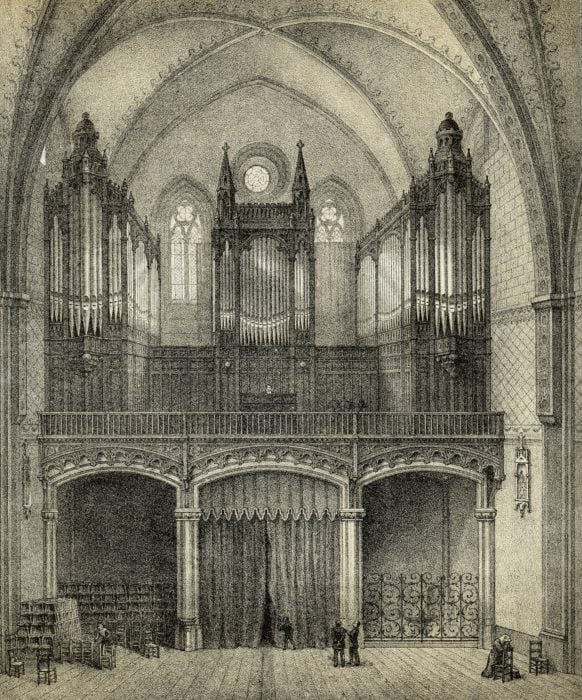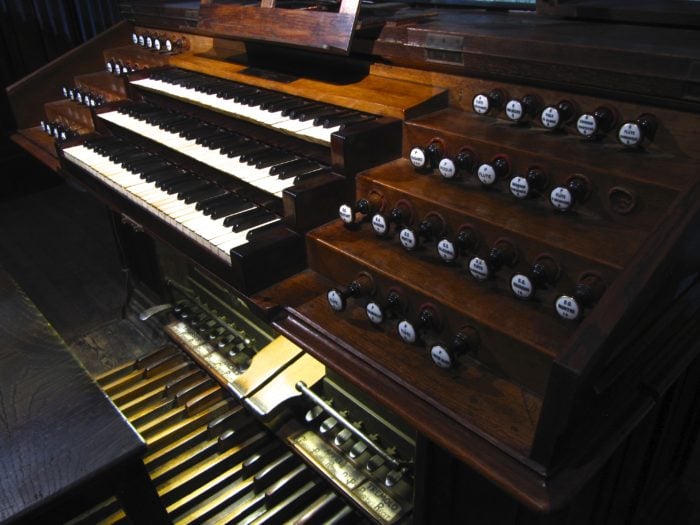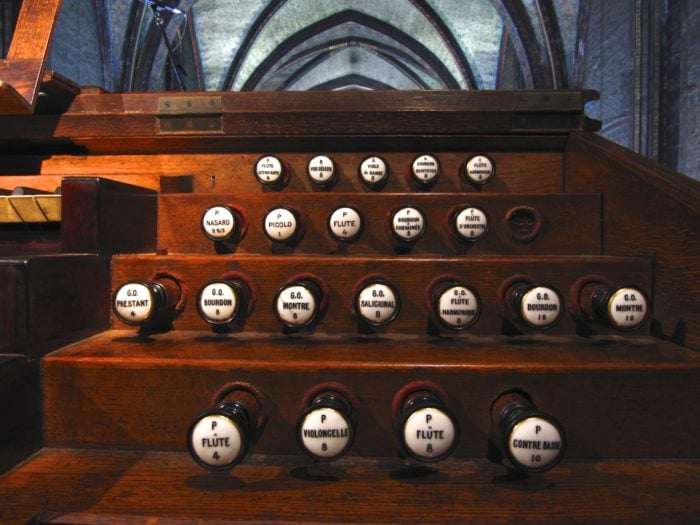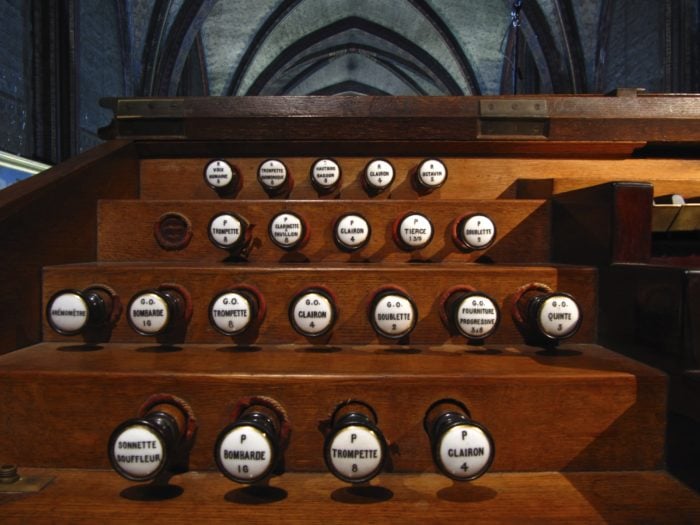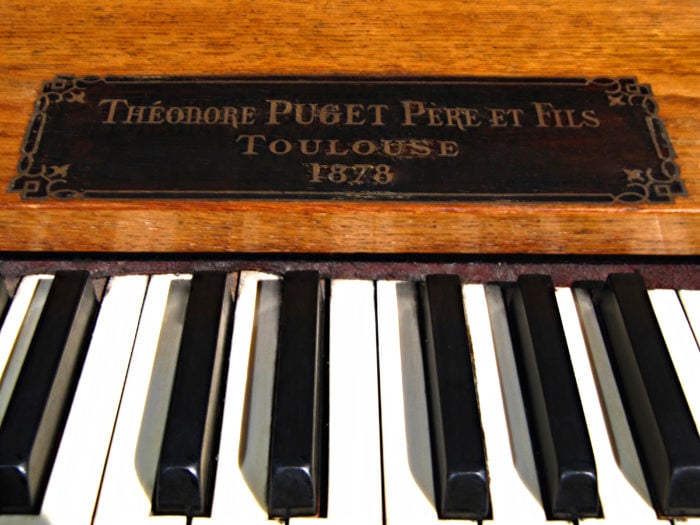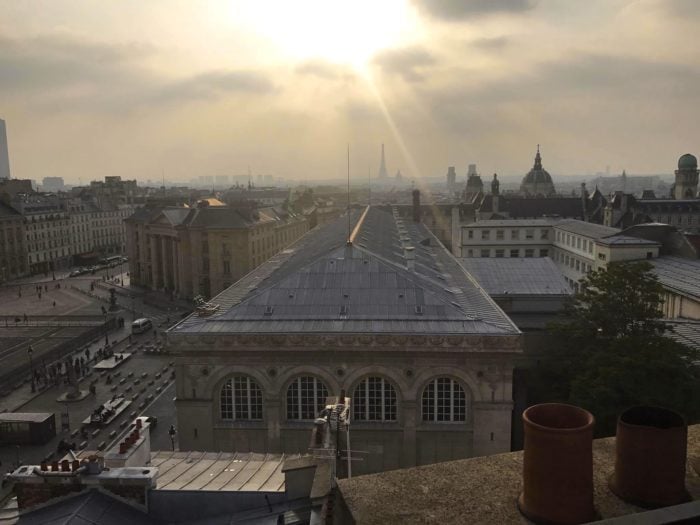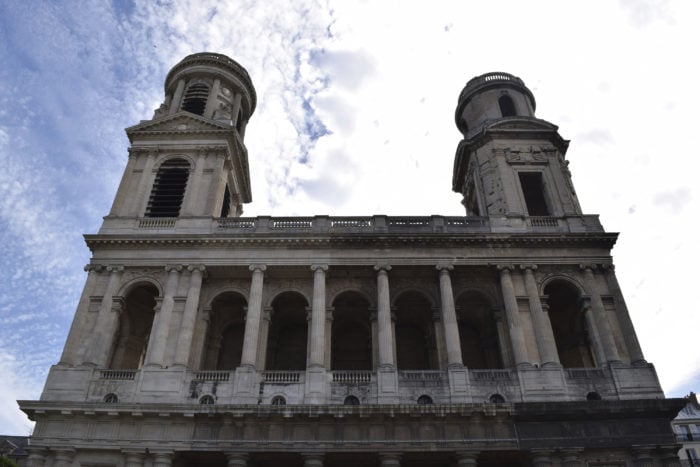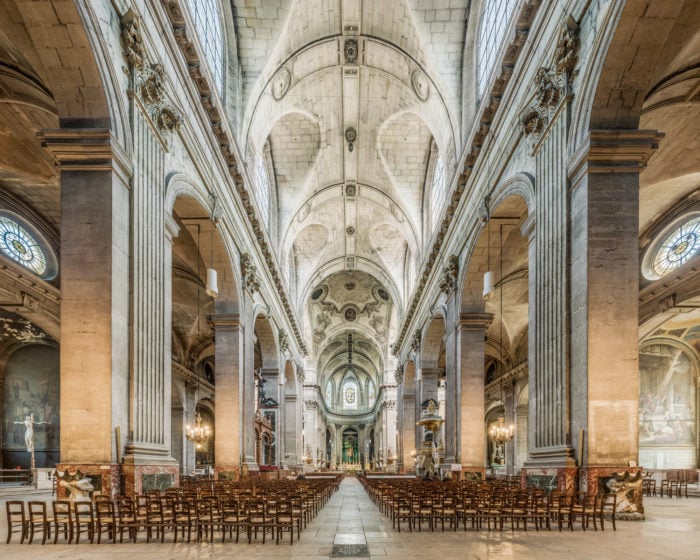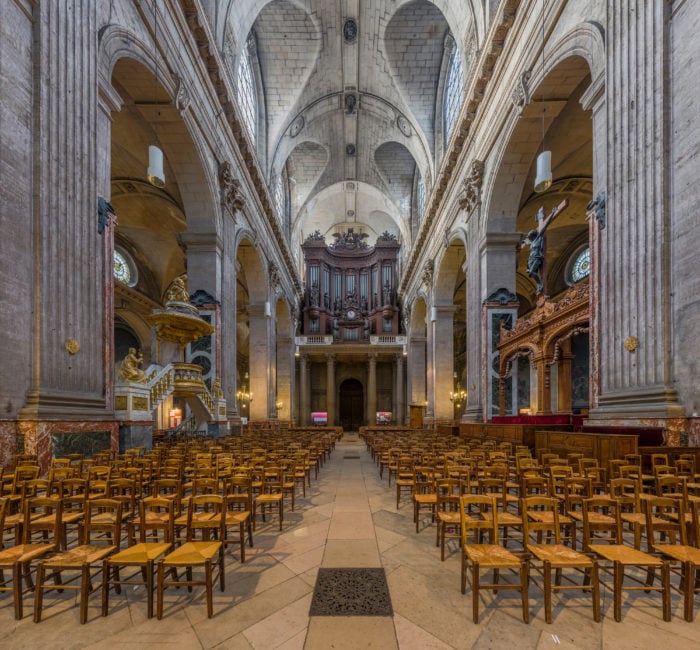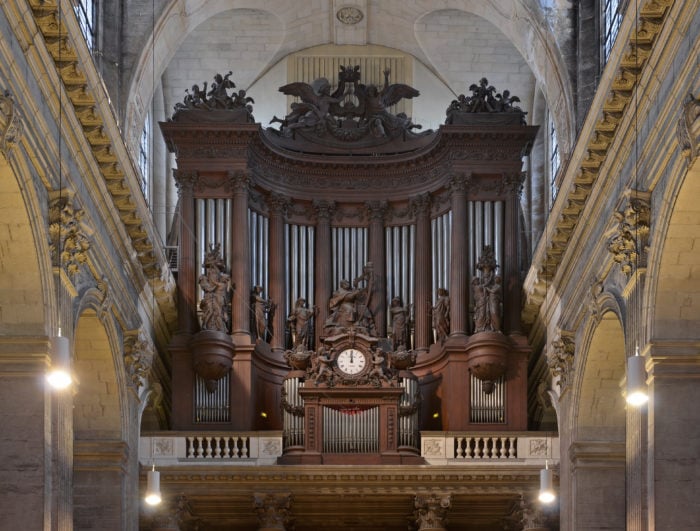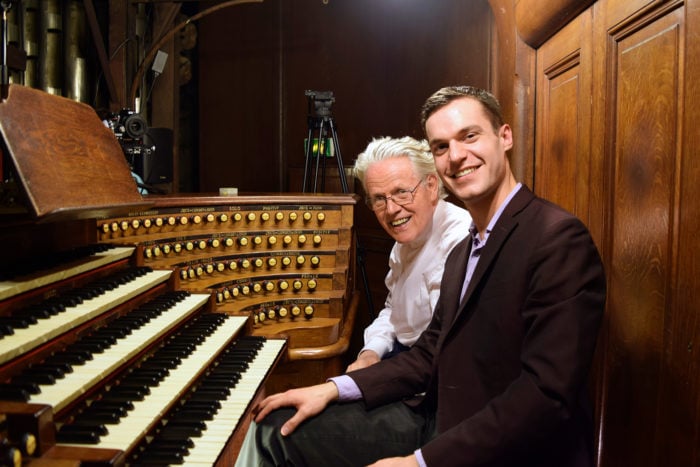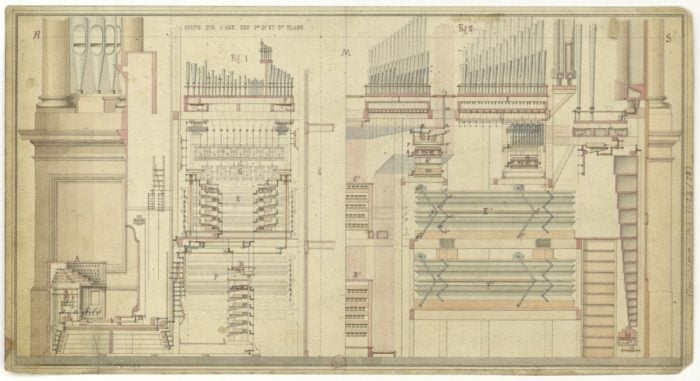Nathan takes you into the hidden organ lofts of Paris and Toulouse to discover the sound of the 19th and 20th century symphonic pipe organ in France. The organ mecca of Toulouse houses some of France’s finest organs, including Aristide Cavaillé-Coll’s 1888 organ at the Basilica of St. Sernin and Eugène Puget’s 1880 organ at Notre-Dame du Taur. With a completed restoration in 1862, Cavaillé-Coll’s grand organ at Saint-Sulpice in Paris is also featured.
Playlist
TOULOUSE, FRANCE
Basilique Saint-Sernin
Symphonie No. 6 pour Grand Orgue, Op. 42/2, by Charles-Marie Widor
Allegro
TOULOUSE, FRANCE
Basilique Saint-Sernin
Entrée de Procession, by Adolphe Miné
12 Pièces pour Orgue ou Piano-Pédalier, Op. 18, by Alexandre-Pierre-François Boëly
Fantaisie et Fugue, No. 6
Cantata 29, “Wir danken dir,” BWV 29, by Johann Sebastian Bach
Sinfonia, transcription by Marcel Dupré
Fanfare, by Jacques-Nicolas Lemmens
TOULOUSE, FRANCE
Église Notre-Dame du Taur
Trois Chorals pour Grand Orgue, by César Franck
Choral No. 3 in A minor
Le Carnival des Animaux, by Camille Saint-Saëns
Le Cygne, transcription by Alexandre Guilmant
TOULOUSE, FRANCE
Basilique Saint-Sernin
Harmonies Poétiques et Religieuses, S. 173, No. 7, by Franz Liszt
Funérailles (D’Après Lamartine), transcription by Nathan Laube
PARIS, FRANCE
Église Saint-Sulpice
Deux Evocations, by George Baker
Evocation II: April 22, 1984
Ad Memoriam Pierre Cochereau
TOULOUSE, FRANCE
Basilique Saint-Sernin
Symphonie Gothique pour Grand Orgue, Op. 70, by Charles-Marie Widor
Andante Sostenuto
Symphonie Romane pour Grand Orgue, Op. 73, No. 6, by Charles-Marie Widor
Moderato
TOULOUSE, FRANCE
Église Notre-Dame du Taur
Suite pour Orgue, Op. 5, by Maurice Duruflé
III. Toccata
All the Stops — All the Numbers
TOULOUSE, FRANCE
Église Notre-Dame du Taur
1878 Théodore and Eugène Puget
1939 Maurice Puget
I. GRAND ORGUE (56 Notes)
Jeux de Fonds:
16’ Montre
16’ Bourdon
8’ Montre
8’ Flûte harmonique
8’ Bourdon
8’ Salicional
4’ Prestant
Jeux de Combinaison:
2 2/3’ Quinte
2’ Doublette
III-VIII Progression harmonique *
16’ Bombarde
8’ Trompette
4’ Clairon
II. POSITIF EXPRESSIF (56 Notes)
Jeux de Fonds:
8’ Flûte d’orchestre
8’ Bourdon à cheminée
4’ Flûte
2 2/3’ Nasard **
1’ Piccolo*
Jeux de Combinaison:
2’ Doublette **
1 3/5’ Tierce **
8’ Trompette
8’ Clarinette à pavilion
4’ Clairon
III. RÉCIT EXPRESSIF (56 Notes)
Jeux de Fonds:
8’ Flûte harmonique
8’ Bourdon-Quintaton
8’ Viole de gambe
8’ Voix céleste
4’ Flûte octaviante
Jeux de Combinaison:
2’ Octavin
8’ Trompette harmonique
8’ Basson & Hautbois
8’ Voix humaine
4’ Clairon
PÉDALE (30 Notes)
Jeux de Fonds:
16’ Contrebasse
8’ Flûte ouverte
8’ Violoncelle
4’ Flûte
Jeux de Combinaison:
16’ Bombarde
8’ Trompette
4’ Clairon
* Today III-IV
** Stops modified by Maurice Puget in 1939. Originally the 4’ Flûte, Nazard, Doublette, and Tierce constituted a II-V Cornet harmonique which were separated out by Maurice. When separated, they took the place on the windchest of the original 8’ Kéraulophone, 4’ Dulciane, and 2’ Doublette. In the place of the current 1’ Piccolo, there had been an 8’ Unda Maris to accompany the Kéraulophone.
Technical Information
Mechanical action with assistance from 5 Barker Machines for each of the three keyboards and two for the pedal division, divided in the two side cases.
TIRASSE Grand Orgue
TIRASSE Positif
TIRASSE Récit
ACC. Positif/Grand Orgue
ACC. Récit/Grand Orgue
ACC. Récit/Positif
OCTAVES GRAVES Grand Orgue
ORAGE
ANCHES Pédale
ANCHES Grand Orgue
ANCHES Positif
ANCHES Récit
APPEL Grand Orgue
TREMOLO Positif
TREMOLO Récit

